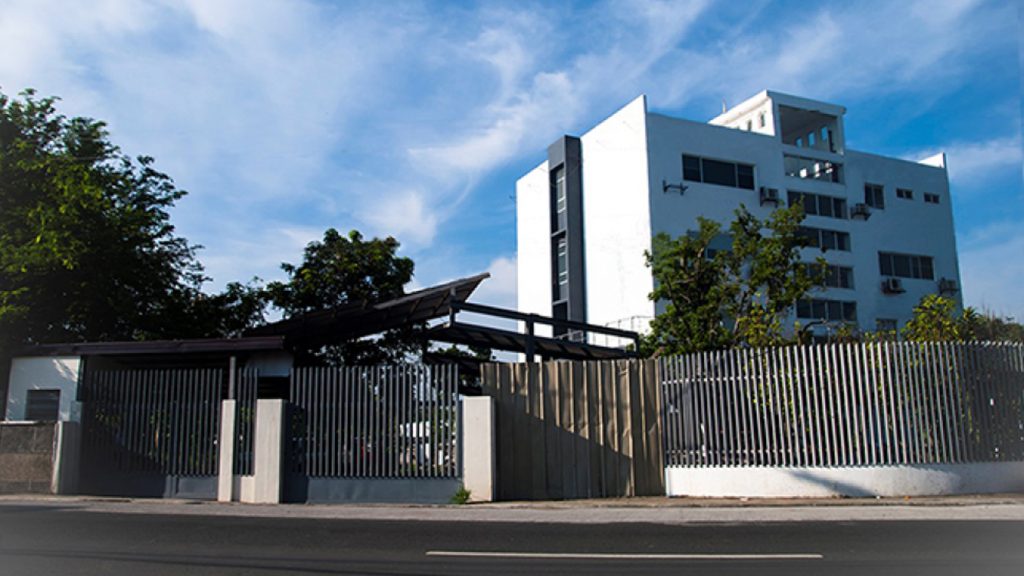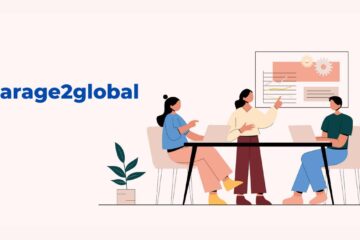The term Nova Scola stands out as more than just a name—it represents a shift in how we view education, learning environments, and student empowerment. Whether you’re hearing it used in reference to a specific institution or a broader philosophy, Nova Scola emphasizes progressive, student-focused learning without abandoning the foundations of classical education.
What is Nova Scola?
At its core, Nova Scola (Latin for “new school”) refers to an evolving educational philosophy that merges time-tested academic practices with modern teaching tools and student-centered methodologies. It’s often used to describe:
- A new generation of schools embracing flexible, tech-integrated curricula
- A reform movement pushing for innovation in outdated school systems
- Educational models that prioritize adaptability, inclusiveness, and creativity
Key Pillars of the Nova Scola Philosophy
1. Personalized Learning Paths
Nova Scola often rejects the “one-size-fits-all” model of traditional education. Instead, it supports personalized learning experiences where students can progress at their own pace, choose topics of interest, and leverage digital platforms to deepen understanding.
2. Technology as a Learning Tool
Smartboards, tablets, virtual reality, and AI-driven tutoring systems aren’t just buzzwords—they’re core to Nova Scola’s implementation. The goal is to make learning more interactive, accessible, and engaging through tech integration.
3. Teacher as a Facilitator, Not Just a Lecturer
In the Nova Scola system, teachers act more as mentors or guides. They help students explore, question, and develop problem-solving skills instead of simply delivering lectures and exams.
4. Focus on Critical Thinking and Creativity
Rather than rote memorization, Nova Scola encourages experiential learning through projects, real-world simulations, collaborative work, and problem-based tasks. It fosters skills needed for future careers, like creativity, adaptability, and communication.
Nova Scola vs Traditional Education
| Element | Traditional School | Nova Scola |
|---|---|---|
| Curriculum | Fixed & standardized | Adaptive & student-driven |
| Learning Pace | Same for all students | Personalized progress |
| Technology Integration | Minimal or optional | Central to learning model |
| Teaching Role | Instructor-led | Facilitator/mentor approach |
| Skill Emphasis | Memorization, exams | Creativity, critical thinking |
Real-World Applications of Nova Scola
Several international and local education models are now adopting Nova Scola principles. From Finland’s holistic system to project-based charter schools in the U.S., the change is global. Even homeschooling platforms and micro-schools are aligning with this shift by offering hybrid curricula, flexible scheduling, and online assessments.
Why Nova Scola Matters Today
In a world where knowledge is constantly evolving, traditional methods struggle to keep up. Nova Scola fills that gap by ensuring students aren’t just consumers of information but active participants in their learning. The pandemic further accelerated this shift, proving that remote learning, self-paced modules, and digital collaboration can work—when guided properly.
Final Thoughts
Nova Scola is more than a trend—it’s a necessary evolution in education. As global needs shift and digital tools redefine how we interact with information, Nova Scola’s principles will likely shape the classrooms of the future. Whether you’re a parent, educator, or lifelong learner, understanding and embracing this model could be key to unlocking true educational potential.



